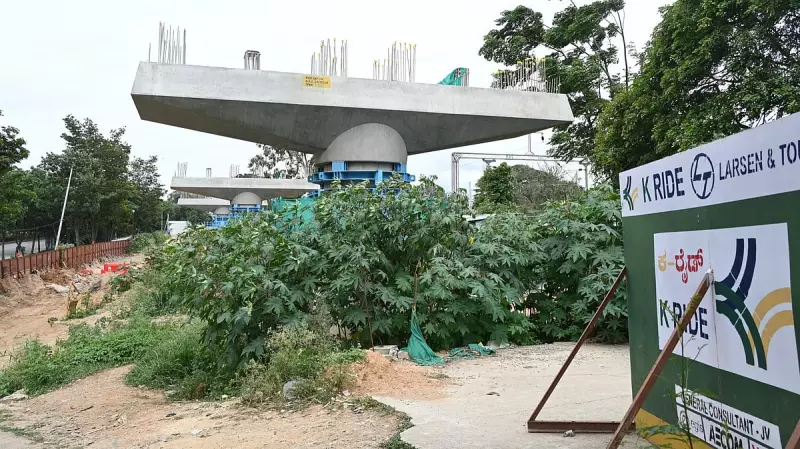
In a groundbreaking development for Bengaluru's infrastructure landscape, the city's much-anticipated suburban rail project is set to feature an innovative 1.2-kilometer double-decker section at Mathikere. This engineering marvel promises to revolutionize how Bengalureans commute while addressing the city's perennial traffic congestion.
Engineering Innovation Meets Urban Planning
The double-decker structure will strategically accommodate both road and rail traffic, creating a seamless transportation corridor without requiring additional land acquisition. This smart design solution demonstrates how urban infrastructure can evolve vertically to maximize existing space in land-scarce metropolitan areas.
Project Progress and Timeline
According to recent updates from K-RIDE, the implementing agency, the detailed project report has already received approval, marking a significant milestone. The tender process for this crucial section is expected to commence shortly, bringing the project closer to physical realization.
Transformative Impact on City Commuting
This innovative section forms part of the highly anticipated Bengaluru Suburban Rail Project (BSRP), designed to:
- Drastically reduce travel time between key city corridors
- Provide a viable alternative to road transportation
- Decongest major traffic arteries in North Bengaluru
- Offer comfortable and efficient mass transit options
Broader Vision for Bengaluru's Transportation
The Mathikere double-decker section represents more than just infrastructure development—it symbolizes Bengaluru's commitment to embracing innovative solutions for its growing transportation challenges. As the city continues to expand, such forward-thinking projects are crucial for sustainable urban development.
This project aligns with the larger vision of creating an integrated transportation network that connects various parts of the city efficiently, potentially serving as a model for other Indian metropolitan areas facing similar infrastructure challenges.





